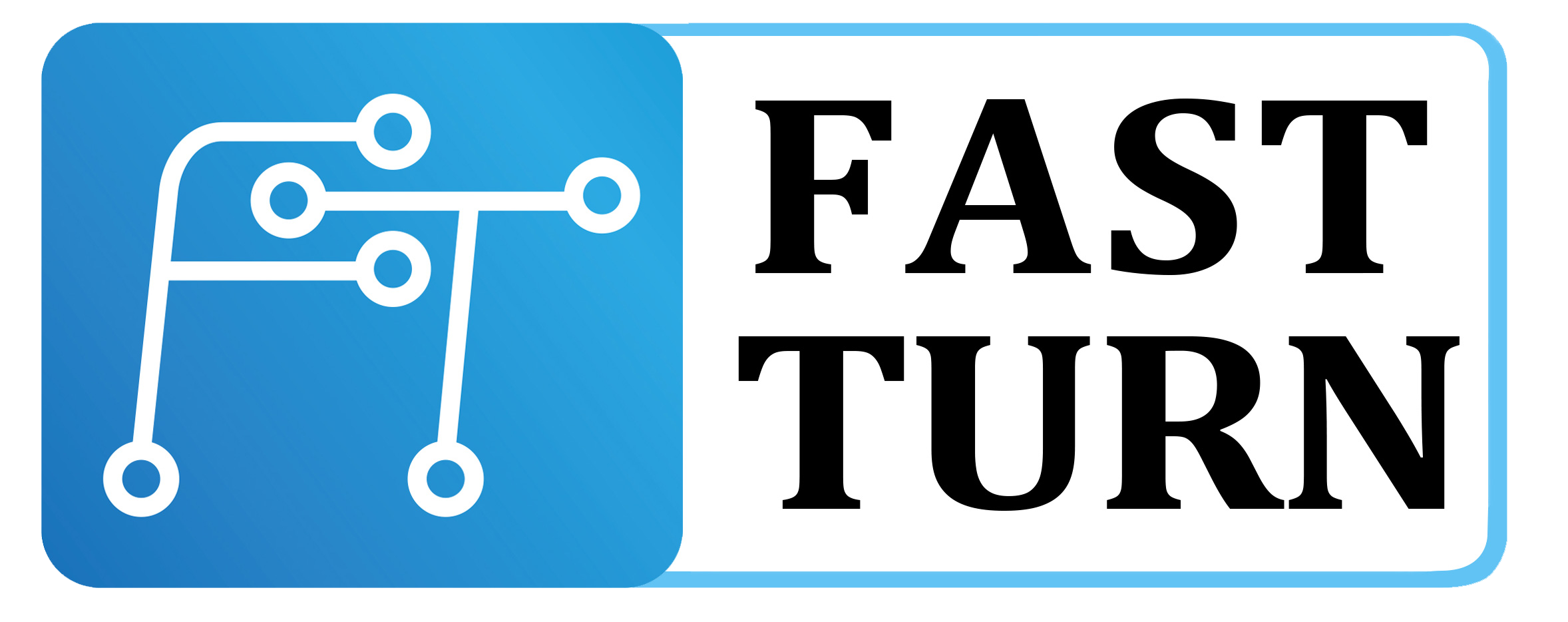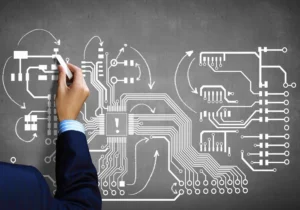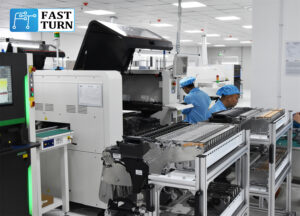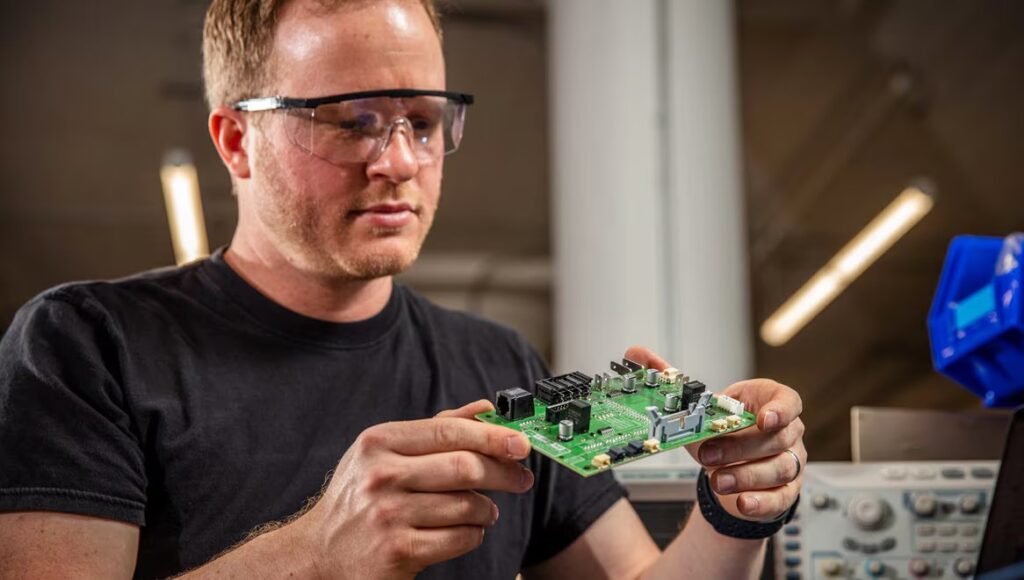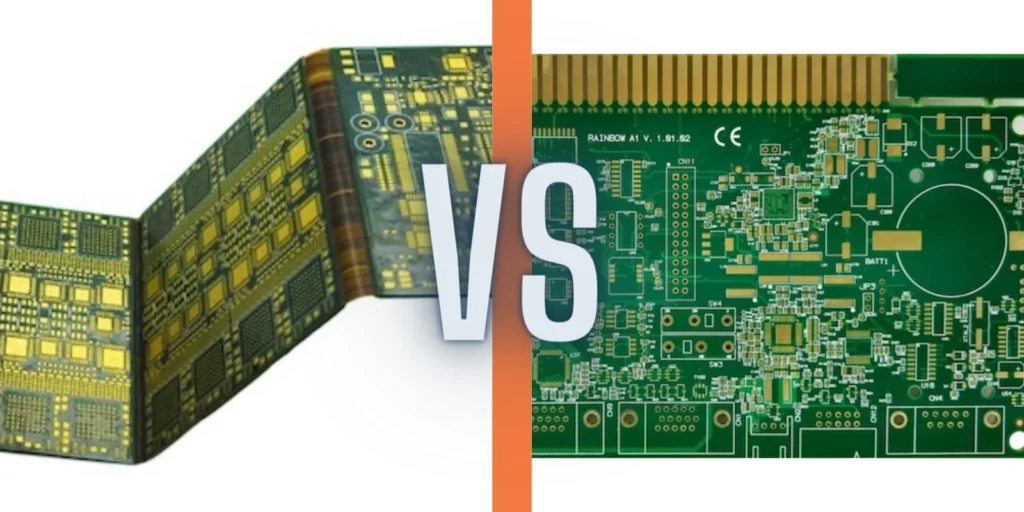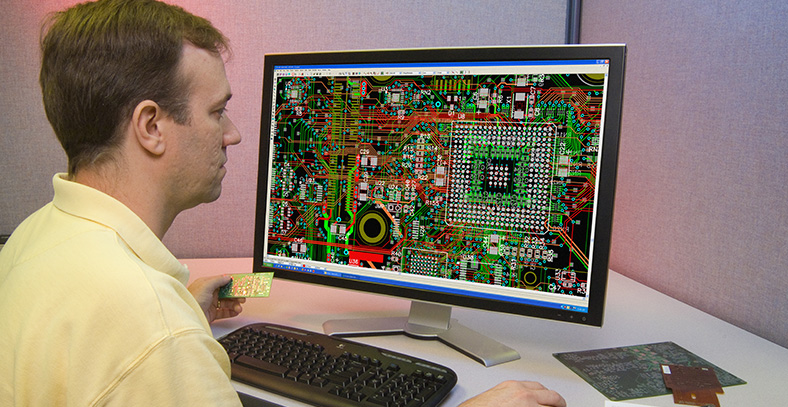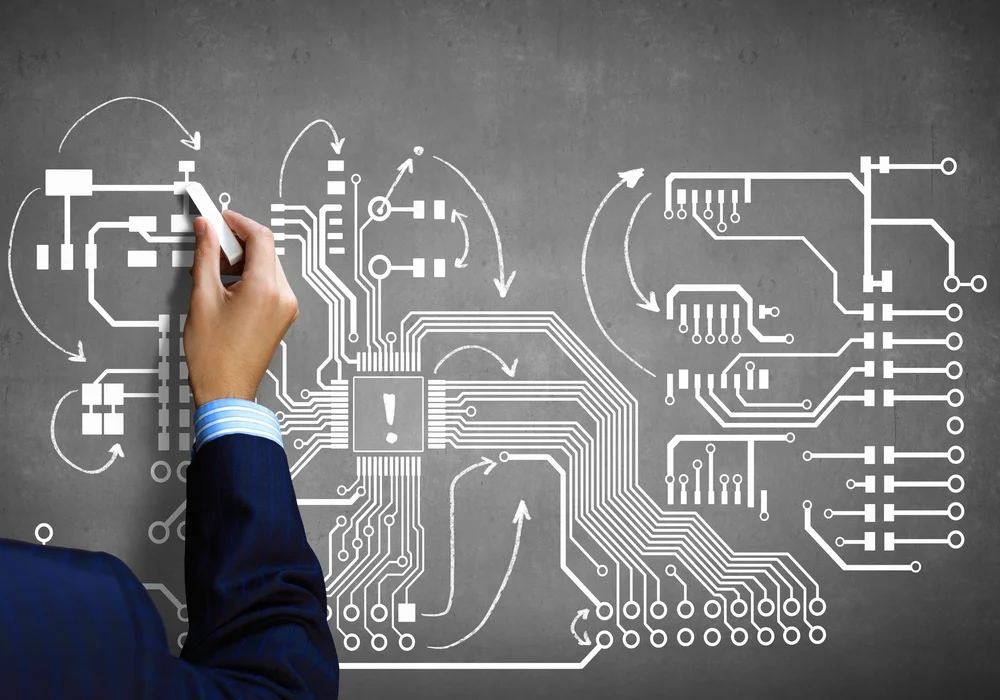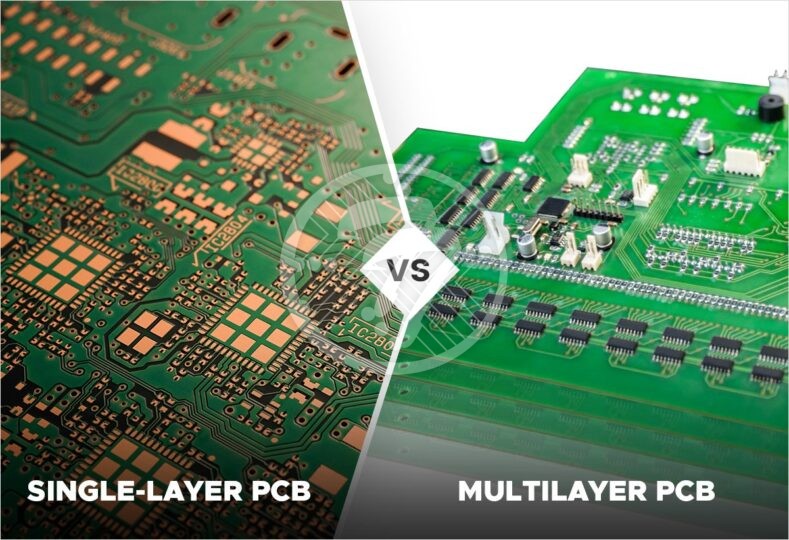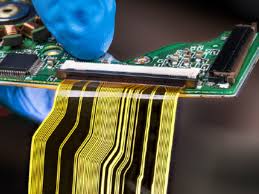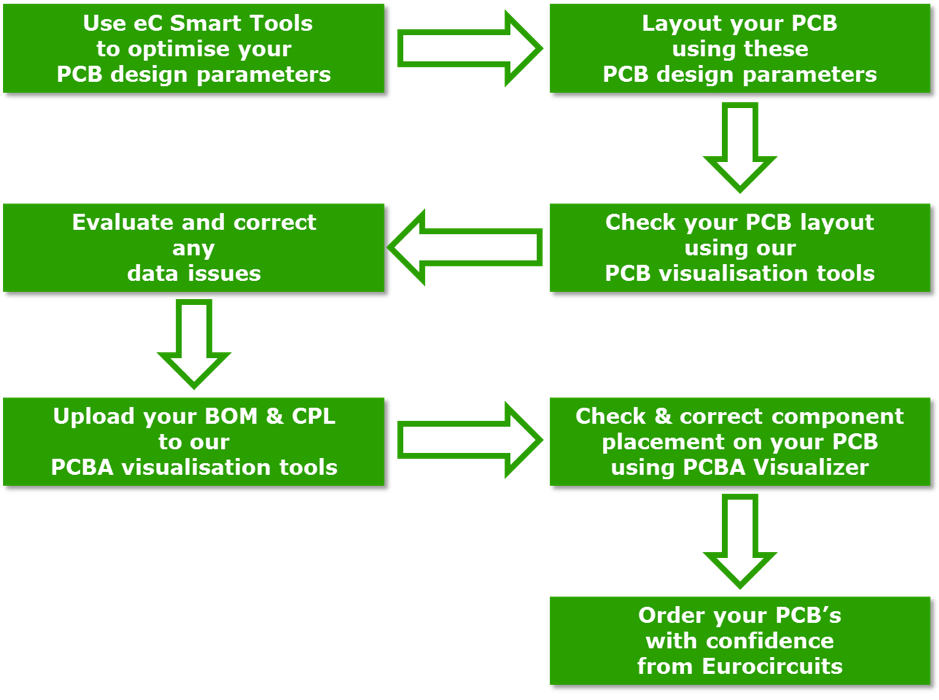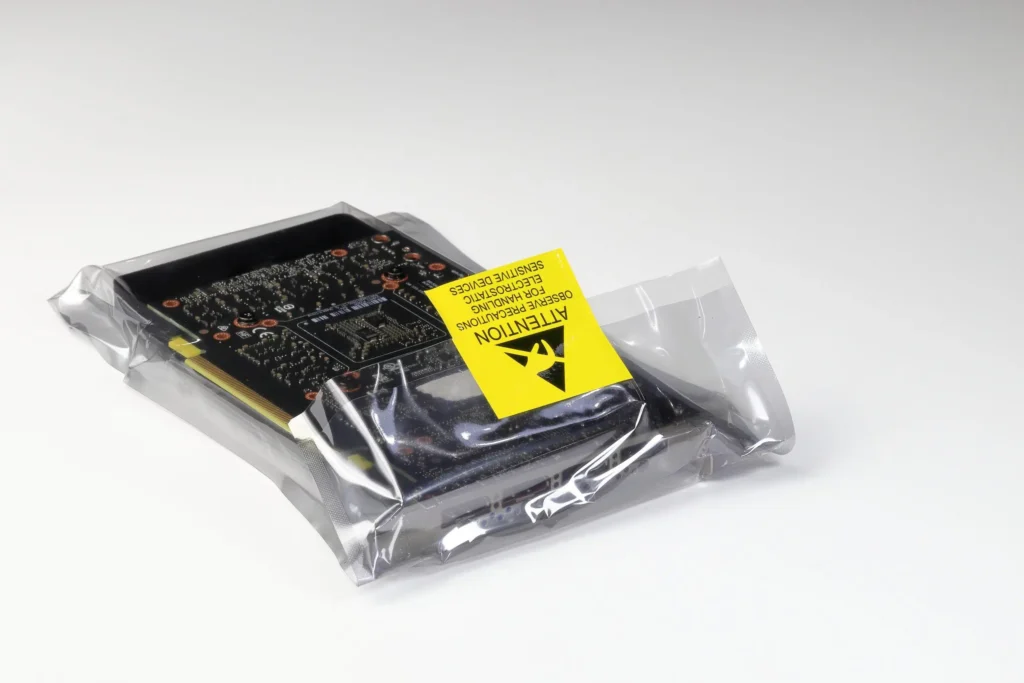1.PCB design: Use professional circuit design software (such as Altium Designer, Eagle, etc.) for circuit design. The design includes circuit wiring, component layout, power and ground distribution, etc.
2.PCB production: Transfer the designed circuit pattern onto the copper clad board, usually achieved through photolithography technology. Remove excess copper foil through chemical or physical methods to form precise circuit wiring.
3.Component procurement and inspection: Purchase corresponding electronic components according to design requirements. Strictly inspect the quality of components to ensure that their performance meets design requirements.
4.SMT processing: Using SMT equipment for component SMT processing. SMT devices can accurately attach components to designated positions on a PCB.
5.Welding and assembly: Weld the assembled components to ensure a good electrical connection with the circuit wiring. Perform other assembly work as needed, such as connecting ribbon cables, installing sockets, etc.
6.Testing and debugging: Test the completed PCBA board, including functional testing, performance testing, etc. Perform necessary debugging based on the test results to ensure the normal operation of the PCBA board.
7.Quality inspection and packaging: Conduct quality inspection on PCBA boards that have passed debugging to ensure no defects, short circuits, or other issues. Package the qualified PCBA board for transportation and storage.
